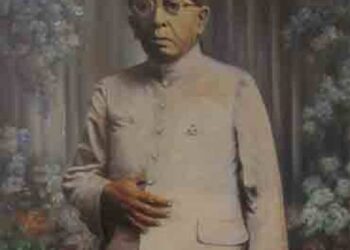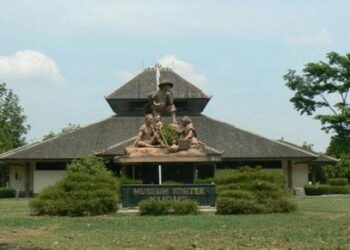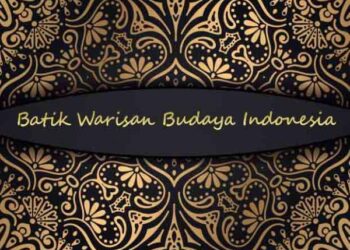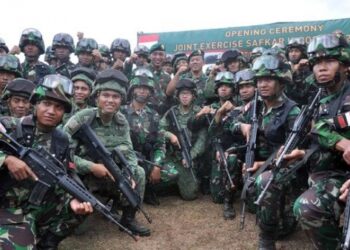The various information that enters everyone’s mind is through sensing tools, such as seeing, hearing, or feeling. Any information that goes into that sensing tool is partially ignored and some go into the sensing tool unwittingly. However, some information is stored in memory and then forgotten.
Various studies have been conducted on human memory to help theorists learn in describing the process of remembering or forgetting information.
In the information processing model (Gage and Berliner, 1984) it appears that physical stimulus such as light, heat, air pressure, or sound is capturing by a person and stored quickly in a short-term sensing storage system (STSS). If the information is considering, it is passing to short-term memory (STM) and working memory support system (WM). Information in STM and WM if re-encoded or decoding can be entering in long-term memory (LTM). Here’s a description of each component in the information processing theory.
- Storage of Short-Term Sensing Effects (STSS)
The first component of the memory system that serves to receive new information is the center of the sensory impression shelter or also called sensory memory. this component serves to receive and withhold information for a very short time. This sensing sensing center receives a huge amount of information resulting from the sensing process and holds it in a very short period of no more than 2 seconds. If the information is not noticed then it will be lost immediately.
Gage and Berliner (1984) stated that outside stimulus was largely capable of generating a person’s response. Stimulus that can generate attention can be grouped in 4 categories, namely:
- Psychophysical stimulus
Variations in the intensity, sound size, and color of a stimulus can elicit a certain response.educators who teach by using lecture methods and rhythmic voices regularly, for example, the sound is somewhat hardened with a slightly harder voice to put pressure on the content of certain anchovies, then can evoke a response in the learner.
- Emotional stimulus
Many stimulus are able to evoke a person’s emotional response. Educators who are able to dramatize the subject matter, will be able to understand the emotions of students who eventually learn to understand new lessons.
- Gap stimulus
Stimulus that is able to generate attention is partly due to the effects of renewal, complexity, and uniqueness. Educators in explaining materials using images, and giving a little writing as an explanation will be more interesting than when educators give a lot of writing in explaining the subject matter.
- Manding stimuli
Mand is a verbal statement that has high consequences in learning for example, the educator at the time explained the lesson material arrived stating “Well! Now, look at the objects around you!”. This verbal statement has certain consequences as students immediately pay attention to the objects around them..
- Short-Term Memory (STM) and Working Memory (WM)
The capacity of this shelter is limited, approximately seven pieces of information can be shifted by new information. STM is a memory of consciousness, that is, a person is aware of the information.
The information observed and observed by a person will enter into short-term memory (STM) or working memory (WM) through STSS. STM is a part of memory where information is ultimately thought to be stored. If someone stops sharing new information, then the information will soon disappear from their STM.
One way to store information into STM is to think about or pronounce it continuously. The process of retaining information inside STM through repetition is called rehearsal. Rehearsal is important in learning because the longer the information is in STM, the greater the chance of being transferred into LTM
- Long-Term Memory (LTM)
Long-term memory (LTM) is part of a memory system where a person stores information for a long period. LTM has unlimited capacity in information sharing.
Cognitive learning theorists divide long-term memory into 3 parts, namely:
- Episodic memory
Episodic memory is a memory of a personal experience that is a kind of mental picture of something that has been seen or heard
- Semiantic memory
Contains previously known facts and information, concepts, principles, and how to use that information as well as problem-solving skills and learning strategies
- Procedural memory
Procedural memory points to knowledge of how to do things, especially in physical tasks.
Epidotic, semantic, and procedural memory have differences in the way information is stored and organized. Information in episodic memory is stored in a shadow from that is organized based on when and how the event occurred. Information in semantic memory is regulated in the form of a network of several ideas that Piaget called schemas. Information in procedural memory is stored in the form of a complex response stimulus pair.















